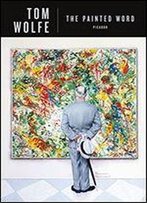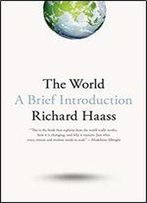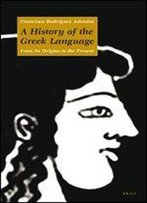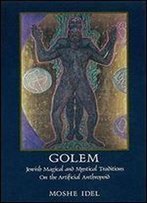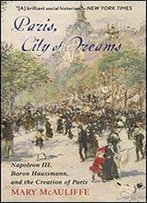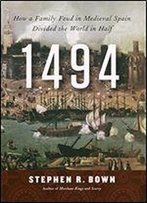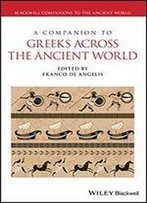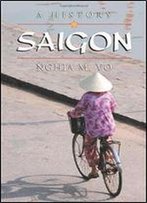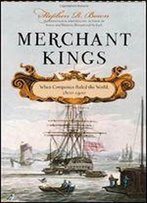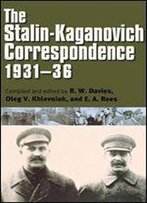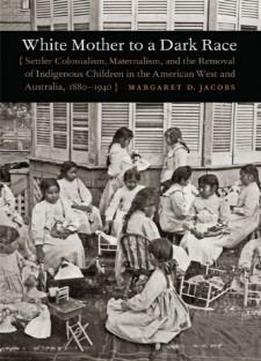
White Mother To A Dark Race: Settler Colonialism, Maternalism, And The Removal Of Indigenous Children In The American West And Australia, 1880-1940
by Margaret D. Jacobs /
2009 / English / PDF
3.9 MB Download
Winner of the 2010 Bancroft Prize
Winner of the 2010 Bancroft Prize
In the late nineteenth and early twentieth centuries, indigenous
communities in the United States and Australia suffered a common
experience at the hands of state authorities: the removal of their
children to institutions in the name of assimilating American
Indians and protecting Aboriginal people. Although officially
characterized as benevolent, these government policies often
inflicted great trauma on indigenous families and ultimately served
the settler nations larger goals of consolidating control over
indigenous peoples and their lands.
In the late nineteenth and early twentieth centuries, indigenous
communities in the United States and Australia suffered a common
experience at the hands of state authorities: the removal of their
children to institutions in the name of assimilating American
Indians and protecting Aboriginal people. Although officially
characterized as benevolent, these government policies often
inflicted great trauma on indigenous families and ultimately served
the settler nations larger goals of consolidating control over
indigenous peoples and their lands.White Mother to a Dark Race
White Mother to a Dark Race takes the study of indigenous
education and acculturation in new directions in its examination of
the key roles white women played in these policies of indigenous
child-removal. Government officials, missionaries, and reformers
justified the removal of indigenous children in particularly
gendered ways by focusing on the supposed deficiencies of
indigenous mothers, the alleged barbarity of indigenous men, and
the lack of a patriarchal nuclear family. Often they deemed white
women the most appropriate agents to carry out these child-removal
policies. Inspired by the maternalist movement of the era, many
white women were eager to serve as surrogate mothers to indigenous
children and maneuvered to influence public policy affecting
indigenous people. Although some white women developed caring
relationships with indigenous children and others became critical
of government policies, many became hopelessly ensnared in this
insidious colonial policy.
takes the study of indigenous
education and acculturation in new directions in its examination of
the key roles white women played in these policies of indigenous
child-removal. Government officials, missionaries, and reformers
justified the removal of indigenous children in particularly
gendered ways by focusing on the supposed deficiencies of
indigenous mothers, the alleged barbarity of indigenous men, and
the lack of a patriarchal nuclear family. Often they deemed white
women the most appropriate agents to carry out these child-removal
policies. Inspired by the maternalist movement of the era, many
white women were eager to serve as surrogate mothers to indigenous
children and maneuvered to influence public policy affecting
indigenous people. Although some white women developed caring
relationships with indigenous children and others became critical
of government policies, many became hopelessly ensnared in this
insidious colonial policy.
